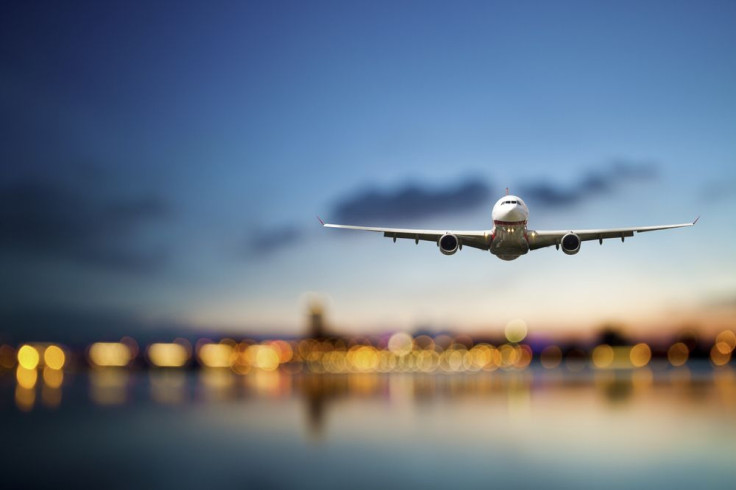Frequent Flyer Miles Aren't All They're Made Out To Be: Study Highlights Overlooked Health Risks Of Jet-Setting

After an hour on social media, you’re likely to stumble upon half a dozen photos of freshly polished hands holding a passport and plane ticket, and even more “check-ins” at exotic locations. Flip through a magazine and you'll find an airline ad with a pretty stewardess tending to smiling passengers. No doubt that mass and social media have helped to perpetuate the glamor of frequent long-distance travel, but a recent study urges us not to forget the health risks that are associated with this type of lifestyle.
For the study, researchers from the University of Surrey in England and Lund University in Sweden reviewed how frequent long-distance travel was represented in mass and social media and compared this against how such a lifestyle realistically affects human health. As expected, the two did not seem to match up.
“The goal of our study was to bring together for the first time the various scientific studies on the negative consequences of frequent travel, and put these side-by-side with evidence on how society tends to overlook these negatives, and instead glamorize the positives,” senior author Dr. Scott Cohen told Medical Daily in an email.
In the paper, frequent long-distance travel is identified as flying 85,000 miles. According to Cohen, this number was chosen because, as made clear by a 2010 study, it puts a traveler above the recommended cosmic radiation exposure. Cohen explained this mileage would be equivalent to flying New York to Tokyo seven times a year or flying from New York to Seattle every three weeks.
The study found that those who had a “hypermobile” lifestyle were often portrayed in both mass and social media as having a higher social status and as belonging to an exciting and exclusive group.
“A man in a sharp suit, reclining in a leather chair, laptop open in front of him, a smiley stewardess serving a scotch and soda,” said Cohen in a press release. “This is often the image of travel, particularly business travel portrayed in TV ads and glossy magazines.”
Unfortunately, this glamorous depiction often overshadows the physiological, physical, and societal consequences of frequent travel. Many heavy travelers suffer from constant jet-leg, deep vein thrombosis, radiation exposure, stress, loneliness, and the breakdown of their family structure.
Frequent jet lag can even disrupt the daily rhythm of our genes and cause genetic damage to more than 1,000 genes responsible for maintaining, repairing, and protecting the body, a 2014 study revealed. This disruption was found to increase an individual’s risk of cancer, heart disease, and diabetes.
“Over 97 percent of rhythmic genes become out of sync with mistimed sleep, and this really explains why we feel so bad during jet lag or if we have to work irregular shifts,” Dr. Simon Archer, co-author of the study, explained in a 2014 statement.
Cohen and his team understand that heavy travel is often necessary for some but hope that their research can help the public take a more practical approach to travel.
“I would advise employers to stop thinking of business travel as a job perk. Those who must travel often for work might think about substituting video conferencing in some instances,” Cohen said. “In regions where there are well-developed alternative modes of transport to flying, such as the train system in Europe, switching mode of transport can also be a good choice if the distances are not too great.”
Source: Cohen et al. Environment and Planning A. 2015.



























